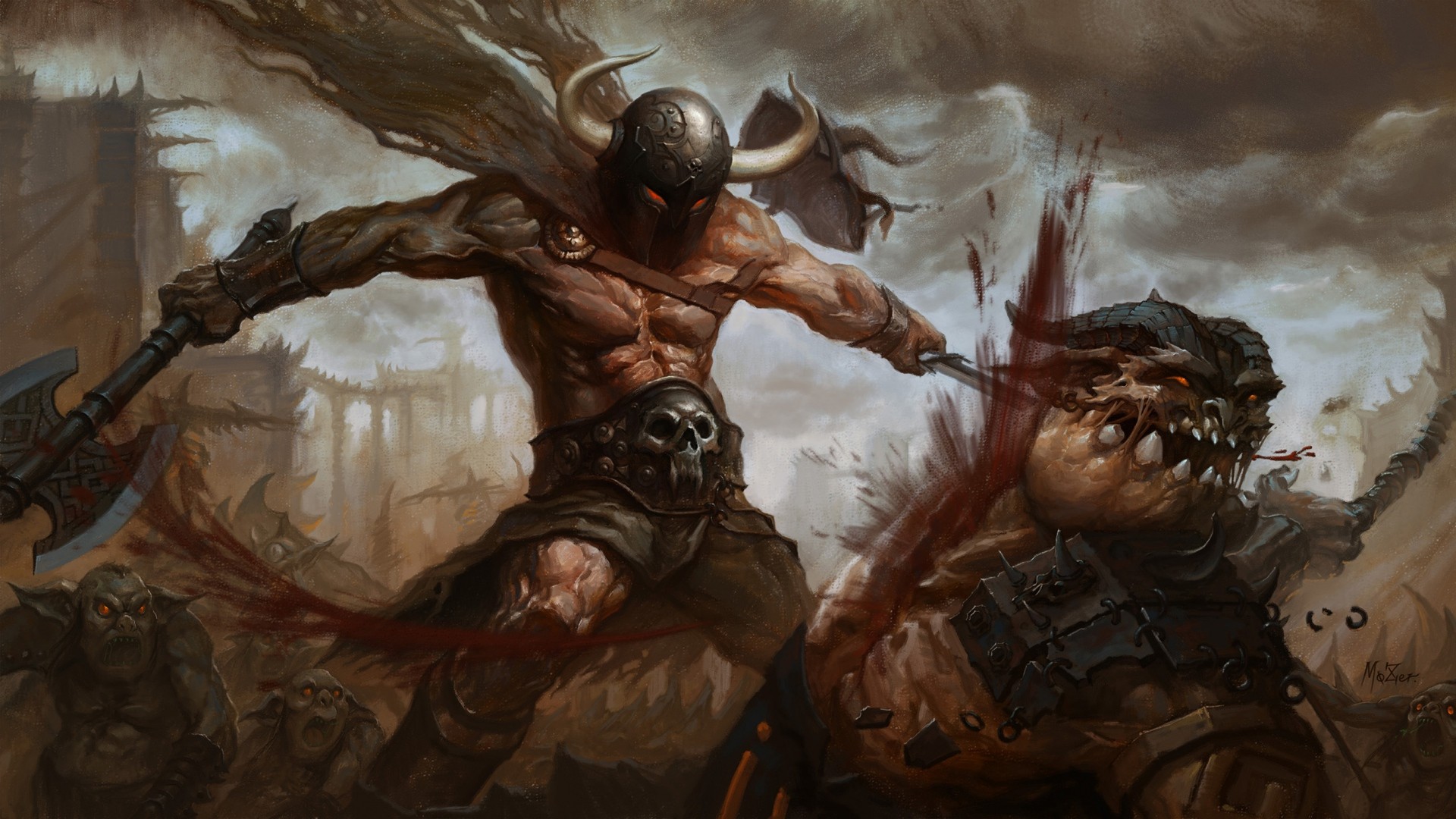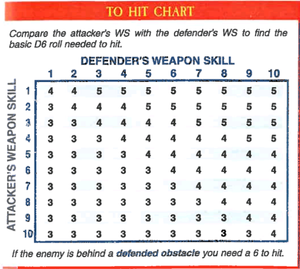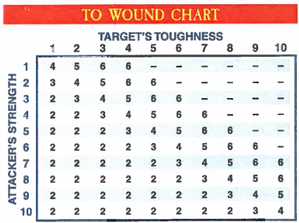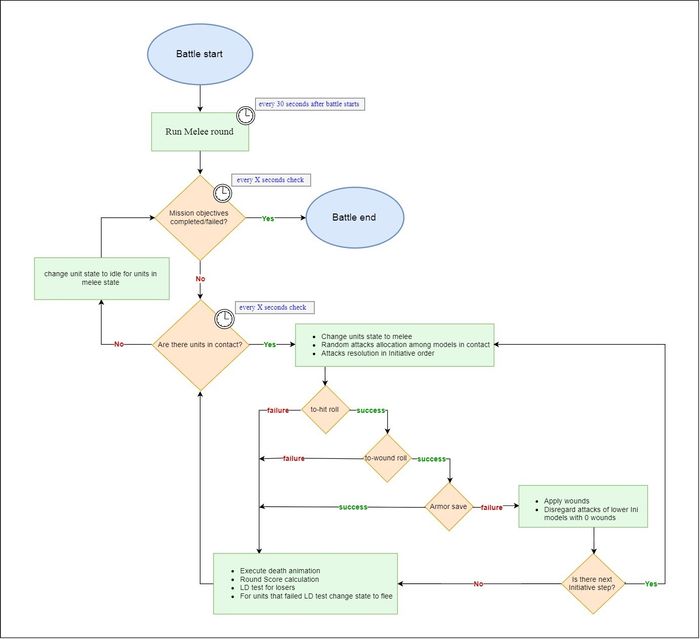Melee
Melee combat starts when two or more enemy units collide as a consequence of charge (or during wheel maneuver which happens very rarely).
Unit may attack enemy only if it is located withing forward arc and is visible to unit, i.e. not obscured by terrain and/or other units. This is called line of sight.
Melee combat system
Hundreds of playtests shown that melee combat system in DO is round based. Melee round system has its own phases flow from other type of combats (i.e. ranged, magic) and this flow affects all melee combats simultaneously. For instance, wounds resolution phase for any melee combat occurs simultaneously regardless of time each melee combat started.
example:
Melee combat A started at 1:30
Melee combat B started at 1:50
Despite that melee combat B started 20 sec later wounds resolution will occur at the same time (2:00) for both melee combats
Melee round starts along with start of battle (after player pushes "start battle" button) and runs every 30 seconds till the end of battle.
Melee round duration may vary from 23 to 30 seconds and depends on specific game session. It is unknown why round duration varies from game session to session but most of the time round duration value is 24 seconds. For more information, please, see melee flowchart
Round phases
Melee combat round has phases that run in the following sequence:
- Start of melee combat
- Attacks resolution (in Initiative order)
- Allocation of attacks
- Attacks probability calculation
- To-hit
- To-wound
- Armor save
- Applying wounds
- Round score calculation
- Break test
- End of melee combat
Start of melee combat
As soon as unit collides with enemy unit, they receive "in melee" state and become affected by melee round system.
Applying wounds
When and if defender model save fails to deflect inflicted wound then it is applied to model wounds pool (i.e. hit points). Model dies as soon as its wounds pool becomes 0. If killed models have not had a chance to attack yet due to low Initiative than such models attacks are lost and disregarded.
If there are still alive models with lower initiative in contact then melee system continues to resolve their attacks in the same sequence described above.
Killed models has specific death animation and can be removed instantly or with a delay. Please, read this article for more detailed information on death animations.
Round score calculation
When attacks of each Initiative step are resolved the Melee system determines winner and loser of melee round by score calculation for each side.
Each side gets score points (SP) which added to their total score for the following actions:
- Inflicted wound 1 SP per each wound
- High ground 1 SP in first round (terrain bonus is absent in DO)
- Rank bonus 1 SP for 4 models rank after the first one (up to 3 SP max)
- Flank attack bonus 1SP (unit has to have 4 or more regular models or 1 large model). Is applied once per unit, i.e. two units attacking the flank of one enemy doesn't stack.
- Rear attack bonus 2SP (unit has to have 4 or more regular models or 1 large model). Stacks with flank attack bonus. Doesn't stack from attacks of multiple units.
- ... more actions can be added later
The side that has less SP is considered as the one which lost melee round and all units of that side have to pass leadership test (see the next article)
If both sides have equal score the round is a draw and there is no Ld test.
Melee system calculates score for each melee combat independently, i.e. if there are 2 simultaneous melee combats then each of them will have their own score points.
For example, elves unitA and elves unitB charged orks unit0. This formed first melee combat X unitA and unitB vs unit0
In the same time, orks unit1 and orks unit2 charged elves unitC. This formed second melee combat Y unit1 and unit2 vs unitC
As a result, there are two simultaneous melee combats X and Y and each of them has their own score calculation.
For melee X this is a total SP of unitA unitB vs total SP of unit0
For melee Y this is a total SP of unit1 unit2 vs total SP of unitC
round score formula
score = SP1 + SP 2 + ... + SPn
where:
SP - score point which a unit may acquire by meeting specific conditions such as inflicting wound, charging, etc.
score - round score which is used to determine winner and loser of melee round
if side1 score > side2 score, then side1 is a round winner
else if side1 score = side2 score, then a round is a draw
else side2 is a winner
Break test
When one of the sides loses melee combat all its units must pass panic test or "Break test" according to TT name.
Break test is a comparison of unit Leadership characteristic value with 2d6 roll plus round score difference of two sides participating in melee. If lost unit Leadership value is higher or equal then 2d6 roll + score difference, then unit of lost side passes the test. Otherwise unit of lost side fails the test and must retreat from melee combat.
break test formula
score diff = score of winner side - score of loser side
if Ld => (randbetween (1,12) + score diff), then Break test is passed
else - Break test is failed
End of melee combat
if all enemy units were retreated and/or destroyed than left units get their (add pursue state to the flowchart)






